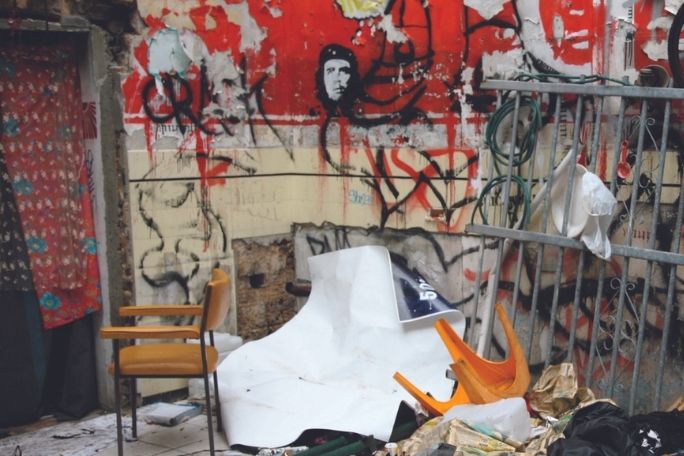Lesson summary
Students explore what it means to be homeless and complete a Think-Pair-Share activity to consider the differences between a home, house and a shelter. Students watch part two of THE OASIS and reflect on the circumstances that homeless young people face which may impact on their health and safety. Students then complete a short reflection where they agree or disagree with a series of statements posed about homeless young people.
Key ideas to explore:
- There are multiple issues for young people who are experiencing homelessness, especially around finding safe and affordable accommodation.
- There are differences in meanings between the terms ‘house’, ‘home’ and ‘shelter’.
- There are differences between being houseless and homeless.
- The accommodation available to a person may have a significant impact on their health and well being.
Lesson guides and printables
Lesson details
Curriculum Mapping
Australian curriculum content descriptions:
- Plan, rehearse and evaluate options (including CPR and first aid) for managing situations where their own or others’ health, safety and wellbeing may be at short or long term risk (ACPPS091)
- Evaluate factors that shape identities and critically analyse how individuals impact the identities of others (ACPPS089)
- Plan, implement and critique strategies to enhance health, safety and wellbeing of their communities (ACPPS096)
General capabilities: Critical and Creative Thinking, Ethical Understanding, Literacy.
Syllabus Outcomes: PDHPE5.1, PDHPE5.2, PDHPE5.6, PDHPE5.7, PDHPE5.8, PDHPE5.12, PDHPE5.15, PDHPE5.16.
Unit of work: The OASIS – HPE
Time required: 60 minutes
Level of teacher scaffolding: Medium – facilitate discussion and group work.
Resources required
- Student Worksheet – one copy per student OR computers/tablets to access the online worksheet
- Device capable of presenting websites/videos to the class and access to THE OASIS documentary on Vimeo
- Butcher’s paper
Additional info
This resource has been adapted from ‘Teaching Social Issues Through English’ developed with the English Teachers Association NSW and the ‘Youth Homelessness Matters Resource’ developed by Janice Atkin. You can find these resources here.


Welcome back!
Don't have an account yet?
Log in with:
By signing up to Cool.org you consent and agree to Cool's privacy policy to
store, manage and process your personal information. To read more, please see
our privacy policy here(Opens in new tab).
Create your free Cool.org account.
Many of our resources are free, with an option to upgrade to Cool+ for premium content.
Already have an account?
Sign up with:
By signing up to Cool.org you consent and agree to Cool's privacy policy to
store, manage and process your personal information. To read more, please see
our privacy policy here(Opens in new tab).